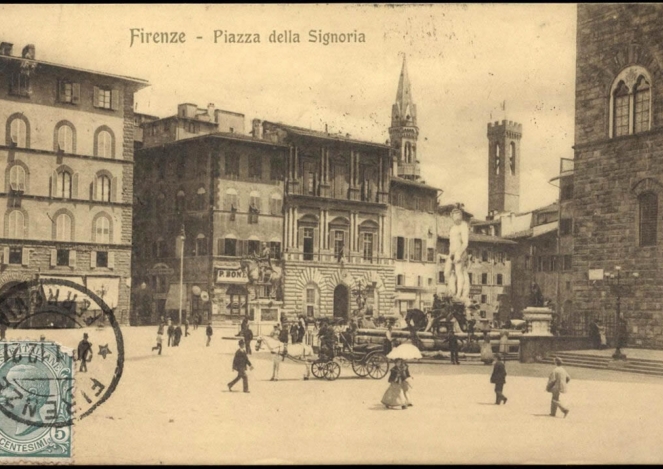

Soggiorno Antica Torre
History
During the 9th century, many towers were constructed within the city wall of Florence as living spaces, hence the name "tower homes" came into existence. These towers were built as residences by the various noble families who moved to Florence from the countryside as the city emerged as the new center of economic, political and cultural life in Italy in high medieval times.
The towers soon became symbols of the power held by each noble household and as such they were built as high and as quickly as possible.
The noble families, who were continuously fighting for sovereignty of the city, began to form alliances among various resident factions; thus were born "consortiums", which represented coalitions of families, often reinforced through marriage and blood relations. The tower-homes of these consortiums were constructed with the leading family's tower acting as a hub, with a series of bridges and impromptu passage leading to the member families' towers which were built around it.
The city of Florence was punctuated by these conglomerates of tower-homes, one of which was located in the area of Antica Torre. This consortium was headed by one of the noblest and proudest Florentine families: The Uberti's and also included other "blue blood" families such as the Foraboschi's. The Foraboschi towers stood precisely where the Soggiorno Antica Torre is now located.
But what happened to the Uberti consortium? Why does the Piazza Signoria stand today where their tower-homes stood? Why do the Foraboschi towers no longer exist in Florence?
The political mood of the Florentines changed after a time and the Ghibellini, who were the undisputed leader in the Uberti clan, were driven out of the city. In turn, the Uberti towers were torn down and the land where they had stood was cursed and nothing more was to be built on it. Thus was born the area now known as Piazza Signoria.
The towers of the related families were spared total destruction, but were rendered ineffective by dismantling the battlements and lowering the structures. In a short time, the towers of the Foraboschi assumed the look of normal houses. But, still, something remains of the ancient power. Just face the Hall of the Soggiorno and observe, with a historian's eye, the thickness of the wall to realize you are right inside one of these towers. The Soggiorno Antica Torre winds around the central part of the tower into which, one time, all the rooms converged.
For generations, owned by the Quercioli family, passed from father to son. First grandfather Mario bought two apartments in 1939, one to be used for private living and the other as an office and storage of fine fabrics with which he traded. The rooms collect some furniture that Grandpa Quercioli bought from the Palazzo Medici-Riccardi. Then his son Fabrizio, born and raised in this house, later lived there for a few years with his wife. Later between the 1970s and 1980s he was
Le camere raccolgono alcuni
mobili che nonno Quercioli comprò dal Palazzo Medici-Riccardi.
In January 2019 we replaced the windows in our rooms. We had the windows of the famous brand Sciuker installed inside and aluminum outside. Keeping the classic and simple style of the previous ones interned using real wood. Externally, however, we have used modern materials such as aluminum that isolates and glasses with “silence” technology, polarized and thermal, so as to isolate the rooms from noise and external temperature, especially useful in the summer
to insulate the rooms from the heat.
transformed into renting rooms to accommodate university students who came to study in Florence. And finally in the present day Pamela, Fabrizio's daughter, has renovated the house giving birth to a welcoming and refined B&B, where you can relive the atmosphere of the Renaissance Florence of the Medici with the feeling of being at home.





